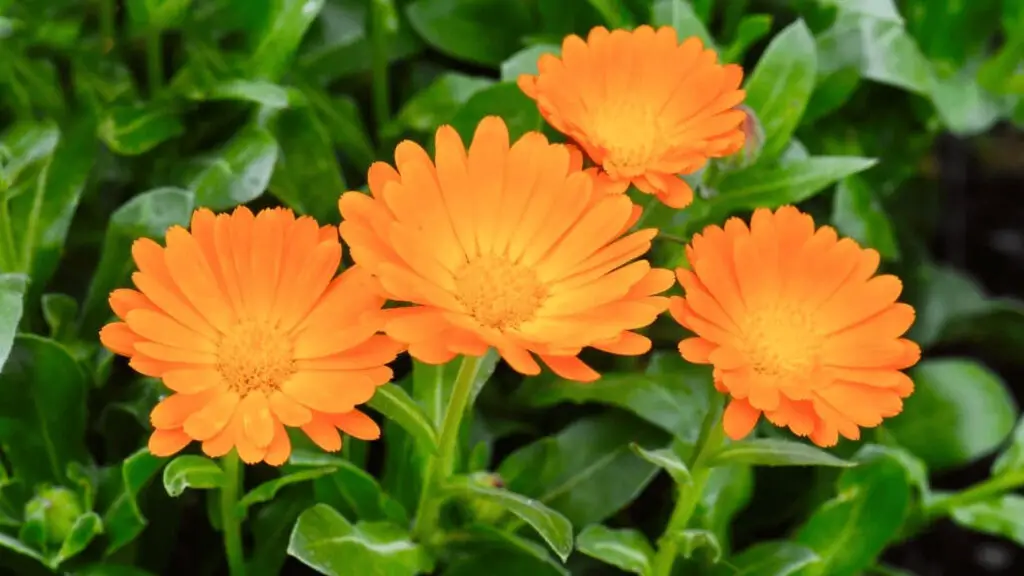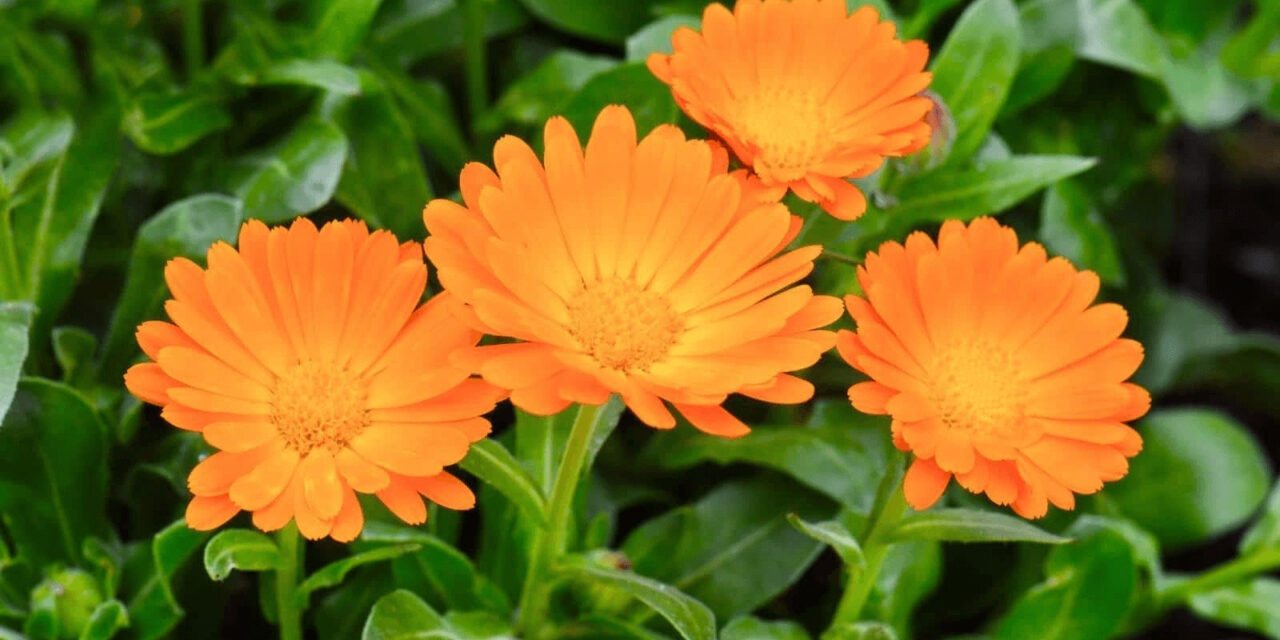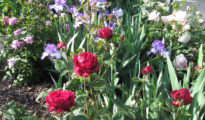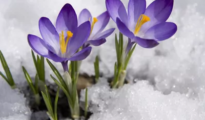Calendula, commonly known as pot marigold or simply marigold, is a bright, cheerful flower that graces many gardens and homes with its vibrant blooms. Not only is it a delight to the eyes, but calendula also has numerous medicinal and culinary benefits. If you're thinking of adding this golden beauty to your garden, you're in for a treat! Let's delve into the world of calendula and understand how to grow, care for, and benefit from this wonderful flower.

1. Understanding Calendula
Scientific name: Calendula officinalis
Family: Asteraceae
Origin: The Mediterranean region
Uses: Decorative, culinary, medicinal, cosmetic
2. Getting Started with Calendula
a. Choosing a Spot:
Calendula isn't overly picky about its location, but it does best in full sun. If you're in a particularly hot climate, a spot with light afternoon shade can be beneficial.
b. Soil Needs:
Calendula prefers well-draining soil. Before planting, enrich your soil with compost to provide the nutrients the plants will need. A pH level of 5.5 to 7.0 is ideal.
c. When to Plant:
You can start calendula seeds indoors about 6-8 weeks before the last expected frost. If sowing directly outdoors, do so a couple of weeks before the last frost.
3. Planting Calendula
a. From Seeds:
- Dig small holes about 1/4 to 1/2 inch deep.
- Place a couple of seeds in each hole.
- Cover lightly with soil and water gently.
- Maintain moisture until seedlings emerge.
- Once the seedlings are big enough to handle, thin them to about 8-12 inches apart.
b. Transplants:
- Dig holes wider than the root ball of your transplants.
- Place the calendula plants in the holes, ensuring the root ball is level with the soil surface.
- Fill in around the plant, press down gently, and water well.
4. Caring for Calendula
a. Watering:
Water regularly but ensure not to overwater. The soil should be kept moist but not soggy. Watering in the early morning is preferable.
b. Fertilizing:
Calendula isn't a heavy feeder. If you've enriched your soil with compost at the outset, additional fertilization might not be necessary. If your plants look like they're lacking in nutrients, a balanced, all-purpose fertilizer can help.
c. Mulching:
Applying a layer of mulch can help retain soil moisture and keep weeds at bay.
d. Deadheading:
Regularly remove faded or spent flowers. This encourages the plant to produce more blooms and extends the flowering season.
5. Potential Pests and Diseases
Calendula is generally pest-resistant, but aphids and whiteflies can sometimes be a problem. For mild infestations, a strong stream of water can knock pests off. For more persistent issues, consider insecticidal soaps.
Powdery mildew and other fungal diseases can occur in very wet conditions. Ensure proper spacing between plants for good air circulation and avoid watering the foliage directly.
6. Harvesting and Using Calendula
Calendula flowers are edible and have a slightly peppery taste. They can be added to salads, used as a garnish, or incorporated into various dishes. The petals have been traditionally used to color cheese and butter.
On the medicinal front, calendula is known for its healing properties. It's often used in salves, balms, and tinctures for its anti-inflammatory and skin-soothing attributes.
To Harvest:
- Pick the flowers during the mid-morning when the dew has evaporated.
- Use scissors or garden shears to cut the flower heads.
Calendula is a versatile and beautiful addition to any garden. Whether you're growing it for its aesthetic appeal, culinary uses, or medicinal benefits, the process is simple and rewarding. With minimal care and attention, you can enjoy vibrant blooms throughout the warmer months and reap the varied benefits this wonderful flower offers. Happy gardening!
Further Insights into Calendula Growth and Benefits
1. Historical Significance
Calendula's rich history dates back to ancient civilizations. The ancient Egyptians valued it for its rejuvenating properties, while the Greeks and Romans used it as a culinary and medicinal herb. During the Middle Ages, calendula was a common remedy for indigestion and healing wounds.
2. Companion Planting
Calendula makes an excellent companion plant. Its bright flowers attract pollinators like bees and butterflies, which are essential for vegetable gardens. Additionally, calendula's strong scent can deter certain pests, making it useful to plant near tomatoes, potatoes, and beans.
3. Propagation Techniques
a. Division:
While seeds are the most common way to propagate calendula, mature plants can also be divided. In the spring, before new growth begins, dig up the plant and carefully separate it into two or more sections. Each section should have roots attached. Replant immediately.
b. Cuttings:
Although not as common, you can take stem cuttings from healthy calendula plants. Make sure you choose a non-flowering stem, root it in a mixture of sand and peat, and keep it moist until roots develop.
4. Culinary Uses Beyond Salads
Calendula petals can be used as a saffron substitute, giving dishes a similar golden hue and a slightly tangy flavor. You can add dried petals to bread, soups, and stews. Calendula-infused oil can also be used in cooking or as a base for dressings.
5. Medicinal Preparations
a. Calendula Tea:
Dried calendula petals can be steeped in hot water to make a calming tea known to soothe digestive issues and sore throats.
b. Calendula Oil:
By infusing calendula petals in a carrier oil like olive or almond oil, you create a remedy that can be applied to cuts, burns, and skin irritations.
c. Calendula Salve:
Mixing calendula oil with beeswax produces a healing salve that can be used on chapped lips, insect bites, and minor wounds.
6. Cosmetic Uses
Calendula's anti-inflammatory properties make it a favorite in skincare. It can be found in lotions, creams, and face masks, often recommended for dry or sensitive skin. Its gentle nature also makes it an ingredient in baby care products.
7. Overwintering Calendula
In areas with mild winters, calendula can be a perennial. To help it survive colder temperatures, mulch heavily around the base of the plant to protect its roots. You can also collect seeds in the fall and plant them indoors, ensuring an early start for the next growing season.
8. Fun Fact
The name “calendula” is derived from the Latin word “calend,” which means the first day of every month. This is possibly because, in suitable conditions, calendula can bloom almost every month of the year!
The multifaceted nature of calendula makes it a gem in both gardens and households. From its historical roots to its current-day applications in the culinary, medicinal, and cosmetic world, this vibrant flower offers a plethora of benefits. Whether you're a novice gardener or a seasoned green thumb, learning how to grow calendula flowers is easy and fun!



















